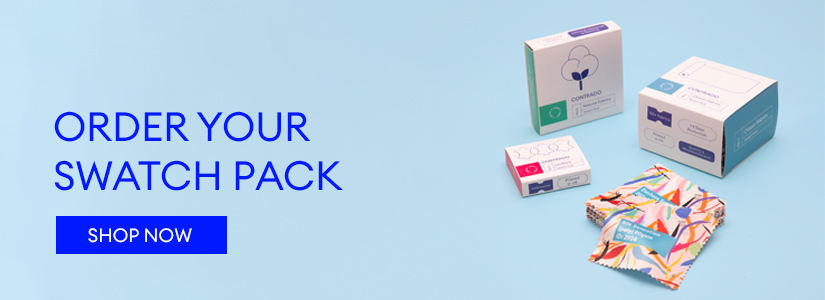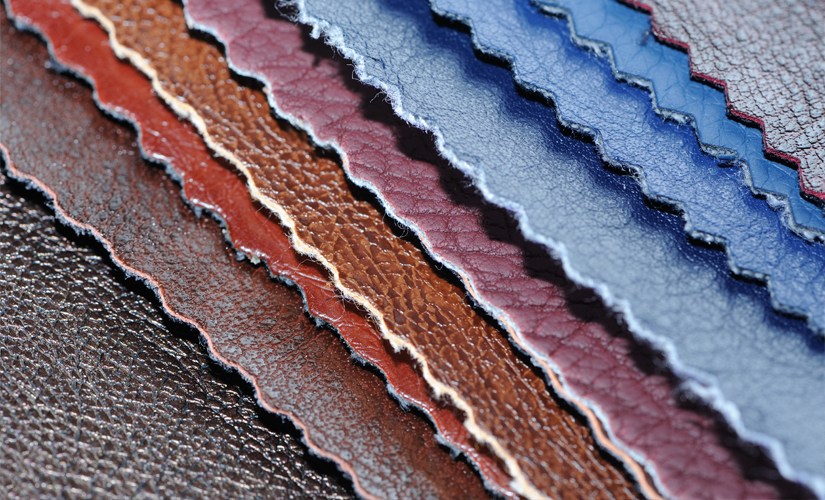Many a time, you come across a piece of furniture that looks like leather and feels just as luxurious. However, it’s not as prohibitively priced as real leather. Chances are you are looking at a product made of bonded leather. What is bonded leather, you ask? Read on to find out all there is to know about bonded leather.
What is bonded leather?
Bonded Leather is also called reconstituted leather or blended leather. It comes from animal hide but it differs from real leather in that it is not made of 100% animal hide. Bonded leather is made by shredding leather scraps and leather fiber to form a pulp. This is meshed between a fiber cloth and a polyurethane coating, which is then embossed with a leather-like grain or texture.
How is bonded leather made?
The manufacturing process of bonded leather is similar to making paper. Shredded leather scraps and fibers are mixed with bonding materials and released onto a fiber or paper backing cloth. The material is then dyed and embossed with a leather-like texture on the surface. A polyurethane treatment gives the surface a glossy finish.
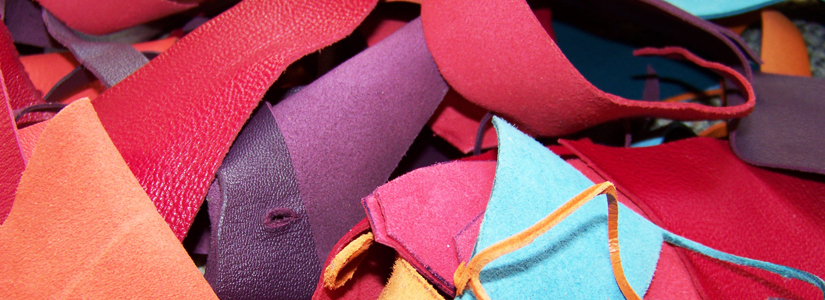
Why purchase bond leather?
There are various reasons to opt for bonded leather. For most people, it’s due to the comparatively low cost of the product. However, some may choose bonded leather because it can be regarded as environmentally friendly, in so much as it uses leftovers and does not involve additional farming, thereby reducing landfill. The product is also easy to clean and likely to come in a wide range of design options.
What is bonded leather used for?
Bonded leather can be used for making furniture, bookbinding and fashion accessories such as shoe components, handbags, belts, and textile lining. A more fragile paper-backed bonded leather is used to cover books such as planners, Bibles, and various types of desk accessories.
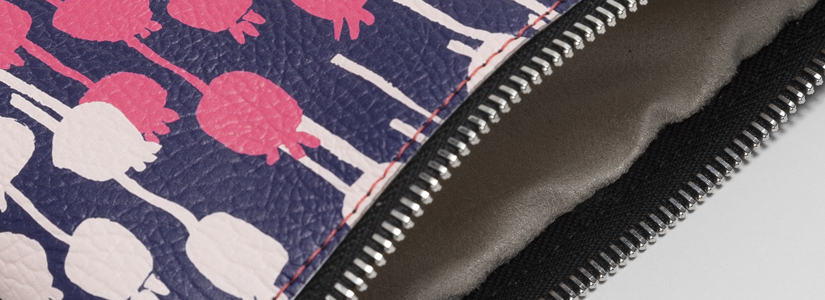
What is the difference between bonded leather and real leather?
Top grain leather, or “real leather”, is the most common type of real leather that has the “split” in the hide removed, or the layer showing any natural imperfections or hide marks. The resulting hide is sanded to create an even, smooth texture. Dyes are added, and a finish coat is applied to help resist stains. Essentially, real leather makes use of the entire hide’s different layers, as opposed to bonded leather, which only uses scraps.
How to clean bonded leather?
Bonded leather should be cleaned with a damp cloth and wiped dry with a separate cloth. Spilled liquids should be cleaned immediately but no detergents or abrasive cleaners should be used. Non-alkaline cleaners and non-detergent soaps can be used but the material should always be tested for colorfastness on a small area first.
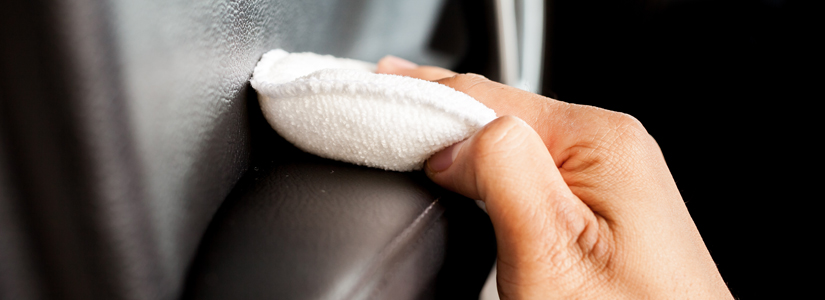
Advantages of bonded leather
- Cost-effective
- Environmentally friendly: uses leftover hide
- Minimal variations between batches
- Soft and pliable
Disadvantages of bonded leather
- Not as durable as real leather
- Prone to cracking and peeling
- Difficult to repair if damaged
- Expensive if product gets damaged
Printing on Leather
At Contrado, we offer a selection of leathers, and they are just as easy to print as any of our other fabrics. From pictures to paintings, you can upload your masterpiece onto our simple design interface and see all updates in real-time. Even taking a picture of your favorite surface to use as a pattern is as simple as clicking a button. Why not try it for yourself? You can order a small test print to get a taste of the full effect.
Now that you know all about bonded leather, get your hands on our swatch pack for your next DIY project.
